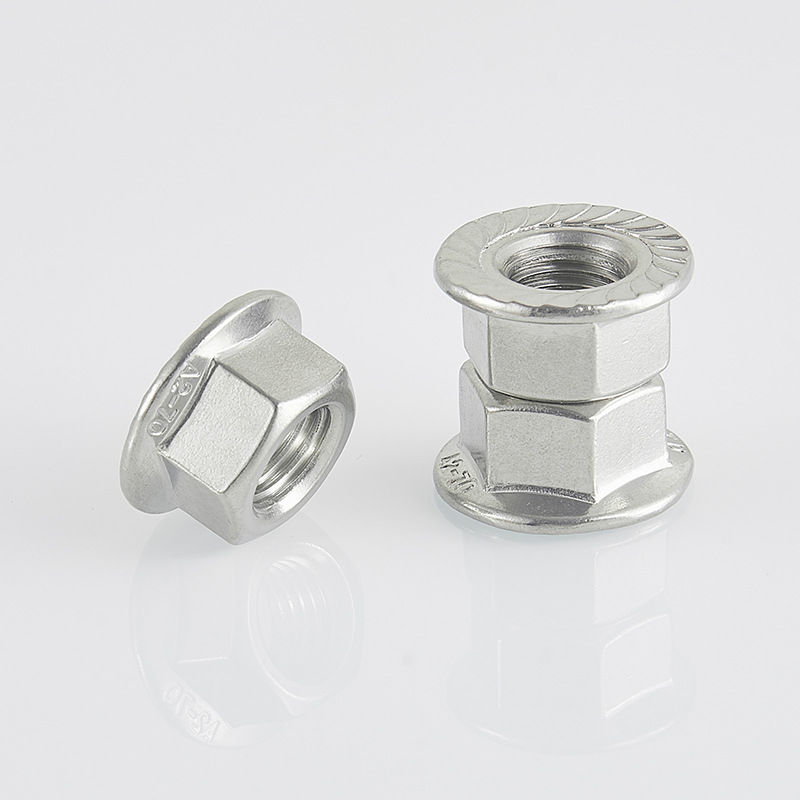

anchor bolt astm a36
Dec . 04, 2024 17:37 Back to list
anchor bolt astm a36
Understanding Anchor Bolts made from ASTM A36 Steel
Anchor bolts are vital components used in construction and engineering projects to secure structures to their foundations. These bolts are designed to withstand mechanical strains and ensure stability, making them indispensable in various applications, including buildings, bridges, and industrial equipment. One of the most common materials for anchor bolts is ASTM A36 steel, which is widely recognized for its strength and versatility.
ASTM A36 is a standard specification established by the American Society for Testing and Materials (ASTM) for carbon steel sheet and plate used in structural applications. The A36 specification covers a range of carbon steel shapes, plates, and bars of structural quality, which are ideal for use in riveted, bolted, or welded construction of bridges and buildings. The material is known for its weldability, machinability, and ability to be heat-treated, which enhances its mechanical properties.
Properties of ASTM A36 Steel
ASTM A36 steel possesses several key properties that make it suitable for anchor bolts. One of the primary characteristics is its yield strength, which typically ranges from 36,000 to 44,000 psi. This provides sufficient strength to resist structural loads while allowing for fabrication and installation. The tensile strength of A36 steel is higher, ranging from 58,000 to 80,000 psi, ensuring that the bolts can handle forces without failing.
In addition to its strength, A36 steel exhibits good ductility and toughness, allowing it to absorb energy and deform rather than fracture under stress. This property is especially important in seismic zones where anchor bolts must endure dynamic loads and vibrations. Furthermore, A36 steel demonstrates good weldability, enabling the seamless integration of anchor bolts into structures through welding processes.
Applications of Anchor Bolts
anchor bolt astm a36

Anchor bolts made from ASTM A36 steel are utilized in numerous applications. In construction, they are often used to secure structural steel columns, walls, and frames to concrete foundations, providing stability to the overall structure. In industrial settings, anchor bolts are critical for anchoring equipment, such as machinery and reactor vessels, to prevent movement and ensure safety during operation.
The versatility of A36 steel anchor bolts allows them to be employed in both indoor and outdoor environments. When properly coated or treated, they can resist corrosion, making them suitable for environments exposed to moisture or chemicals. This adaptability ensures that A36 anchor bolts can be used in a wide range of projects, from commercial buildings to bridges and even heavy industrial facilities.
Installation and Considerations
The installation of anchor bolts is a crucial step in ensuring structural integrity. Proper alignment and torque specifications must be adhered to during installation to achieve maximum strength and performance. Additionally, factors such as embedment depth, concrete strength, and loading conditions should be considered when selecting and installing anchor bolts.
It is also essential to consider the environmental factors that may affect the performance of anchor bolts over time. Corrosion protection methods, such as galvanization or the use of stainless steel coatings, can extend the lifespan of A36 anchor bolts, especially in challenging environments.
Conclusion
Anchor bolts made from ASTM A36 steel play a fundamental role in structural integrity across various applications. Their strength, ductility, and weldability, combined with their adaptability for different environments, make them an ideal choice for anchoring structures securely. Understanding the properties and applications of A36 steel not only aids engineers and builders in their design and installation processes but also contributes to the safety and longevity of the structures we rely on daily.
Latest news
-
Hot Dip Galvanized Bolts-About LongZe|High Strength, Corrosion Resistance
NewsJul.30,2025
-
High-Strength Hot Dip Galvanized Bolts - Hebei Longze | Corrosion Resistance, Customization
NewsJul.30,2025
-
Hot Dip Galvanized Bolts-Hebei Longze|Corrosion Resistance&High Strength
NewsJul.30,2025
-
High-Strength Hot-Dip Galvanized Bolts-Hebei Longze|Corrosion Resistance&High Strength
NewsJul.30,2025
-
Hot Dip Galvanized Bolts-Hebei Longze|Corrosion Resistance&High Strength
NewsJul.30,2025
-
Hot Dip Galvanized Bolts - Hebei Longze | Corrosion Resistance, High Strength
NewsJul.30,2025

